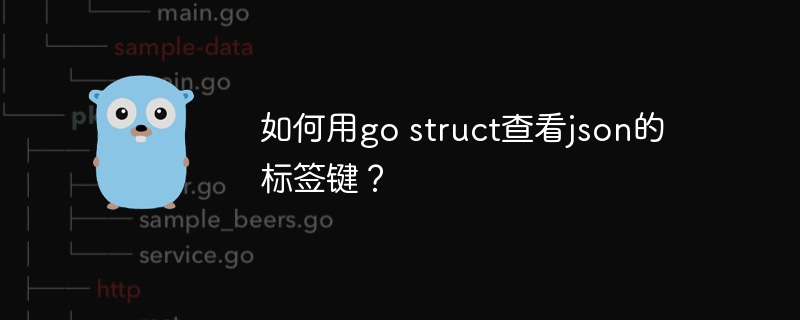

J'apprends https://www.digitalocean.com/community/tutorials/how-to-use-json-in-go#using-a-struct-to-generate-json(go ancienne version).
J'utilise Go 1.20.1, Windows 11 x64, Goland 2022.3.2.
package sample3
import (
foo "encoding/json"
"fmt"
"time"
)
type myjson struct {
intvalue int `json:"intvalue"`
boolvalue bool `json:"boolvalue"`
stringvalue string `json:"stringvalue"`
datevalue time.time `json:"datevalue"`
objectvalue *myobject `json:"objectvalue"`
nullstringvalue *string `json:"nullstringvalue"`
nullintvalue *int `json:"nullintvalue"`
}
type myobject struct {
arrayvalue []int `json:"arrayvalue"`
}
func main3() {
otherint := 4321
data := &myjson{
intvalue: 1234,
boolvalue: true,
stringvalue: "hello!",
datevalue: time.date(2022, 3, 2, 9, 10, 0, 0, time.utc),
objectvalue: &myobject{
arrayvalue: []int{1, 2, 3, 4},
},
nullstringvalue: nil,
nullintvalue: &otherint,
}
fmt.println(foo.marshal(data))
fmt.println(data)
type myint struct {
intvalue int
}
data2 := &myint{intvalue: 1234}
fmt.println(foo.marshal(data2))
}
OK
fmt.println(foo.marshal(data))
Retour
&{1234 true hello! 2022-03-02 09:10:00 +0000 UTC 0xc000008240 <nil> 0xc00001a170}Je veux vérifier {"intvalue": 1234, "boolvalue": true, ...}, merci de me guider.
Code source complet https://github.com/donhuvy/vy_learn_go_json2023/blob/main/sample3/main3.go#l36
Pourquoi mon utilisation de fmt.println(string(json.marshal(data))) provoque-t-elle une erreur ?
J'utilise habituellement la bibliothèque d'encodage json. Jetez un œil à l'exemple ci-dessous :
package main
import (
"encoding/json"
"time"
)
type myjson struct {
intvalue int `json:"intvalue"`
boolvalue bool `json:"boolvalue"`
stringvalue string `json:"stringvalue"`
datevalue time.time `json:"datevalue"`
objectvalue *myobject `json:"objectvalue"`
nullstringvalue *string `json:"nullstringvalue"`
nullintvalue *int `json:"nullintvalue"`
}
type myobject struct {
arrayvalue []int `json:"arrayvalue"`
}
func main() {
otherint := 4321
data := &myjson{
intvalue: 1234,
boolvalue: true,
stringvalue: "hello!",
datevalue: time.date(2022, 3, 2, 9, 10, 0, 0, time.utc),
objectvalue: &myobject{
arrayvalue: []int{1, 2, 3, 4},
},
nullstringvalue: nil,
nullintvalue: &otherint,
}
bytes, err := json.marshal(data) // <-------------------this line
println(string(bytes)) // <-------------------and this line
println(err)
}Sortie :
{"intValue":1234,"boolValue":true,"stringValue":"hello!","dateValue":"2022-03-02T09:10:00Z","objectValue":{"arrayValue":[1,2,3,4]},"nullStringValue":null,"nullIntValue":4321}Ce qui précède est le contenu détaillé de. pour plus d'informations, suivez d'autres articles connexes sur le site Web de PHP en chinois!
 La différence entre la charge rapide PD et la charge rapide générale
La différence entre la charge rapide PD et la charge rapide générale
 Comment modifier le texte sur l'image
Comment modifier le texte sur l'image
 Comment configurer Maven dans Idea
Comment configurer Maven dans Idea
 Les membres Weibo peuvent-ils consulter les enregistrements des visiteurs ?
Les membres Weibo peuvent-ils consulter les enregistrements des visiteurs ?
 utilisation de la fonction de palette de couleurs
utilisation de la fonction de palette de couleurs
 méthode de mise à niveau Win10
méthode de mise à niveau Win10
 Comment définir les numéros de page dans Word
Comment définir les numéros de page dans Word
 Quels sont les composants d'un système Linux ?
Quels sont les composants d'un système Linux ?
 Quelle est la commande pour supprimer une colonne dans SQL
Quelle est la commande pour supprimer une colonne dans SQL